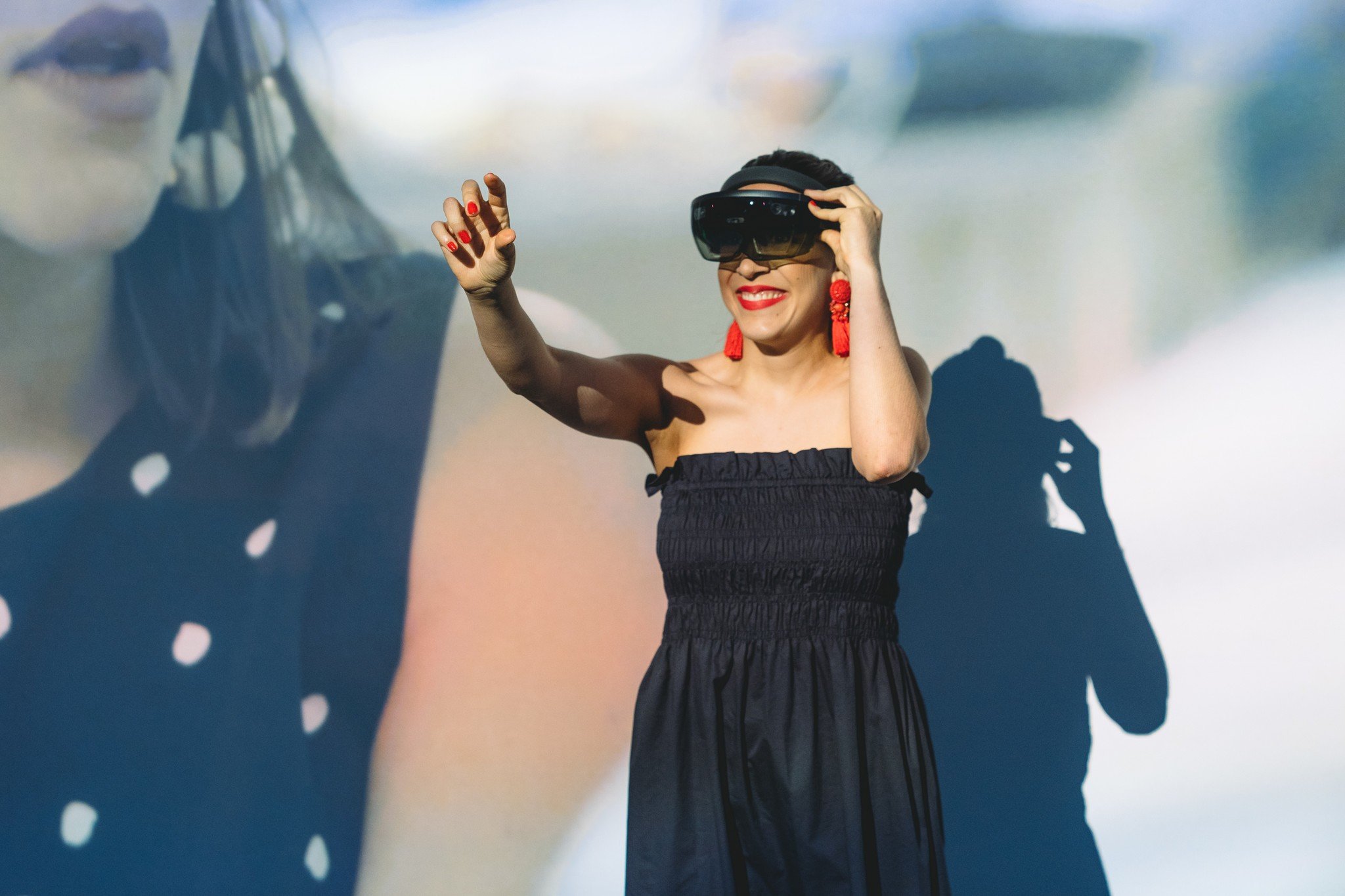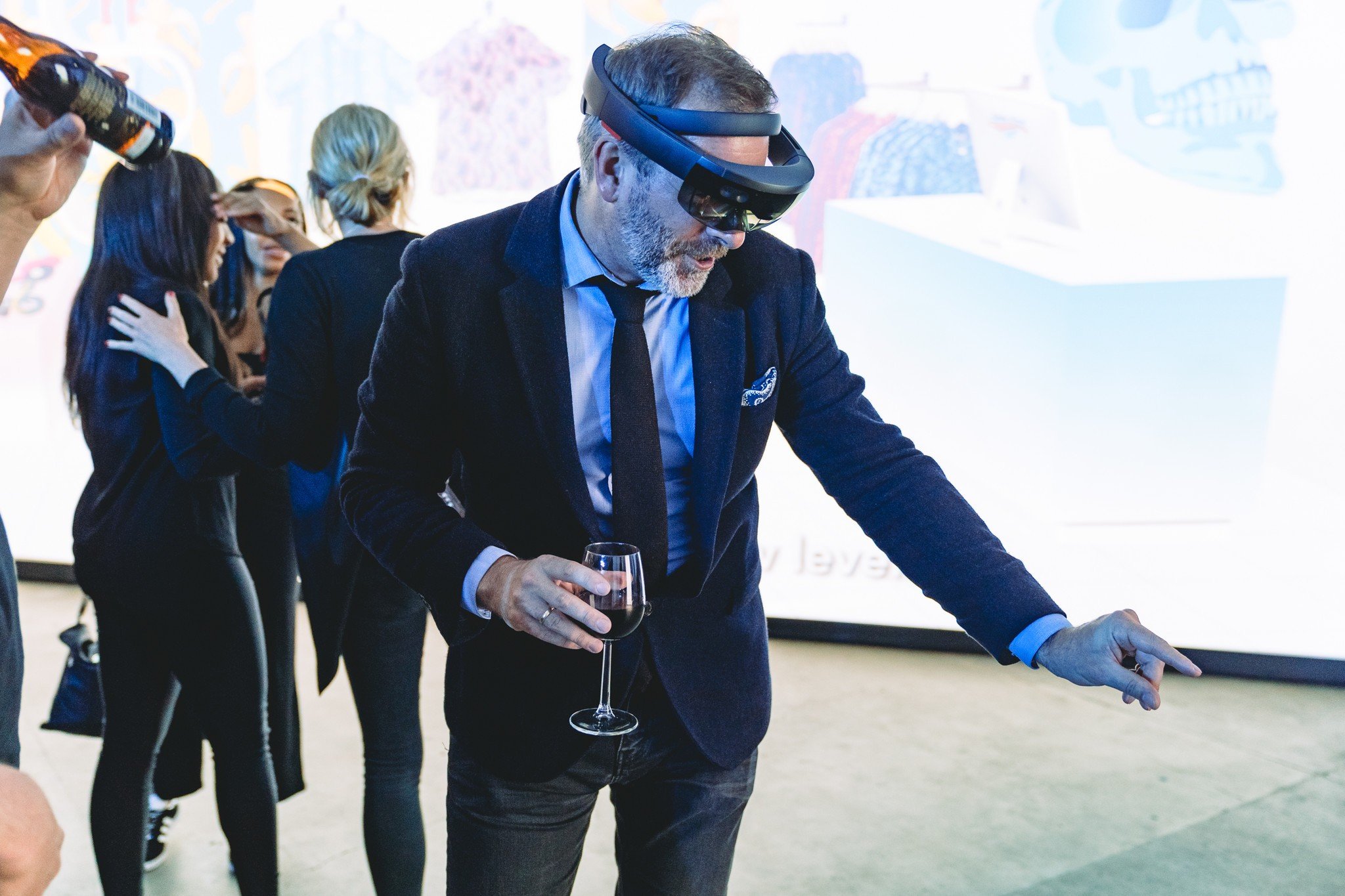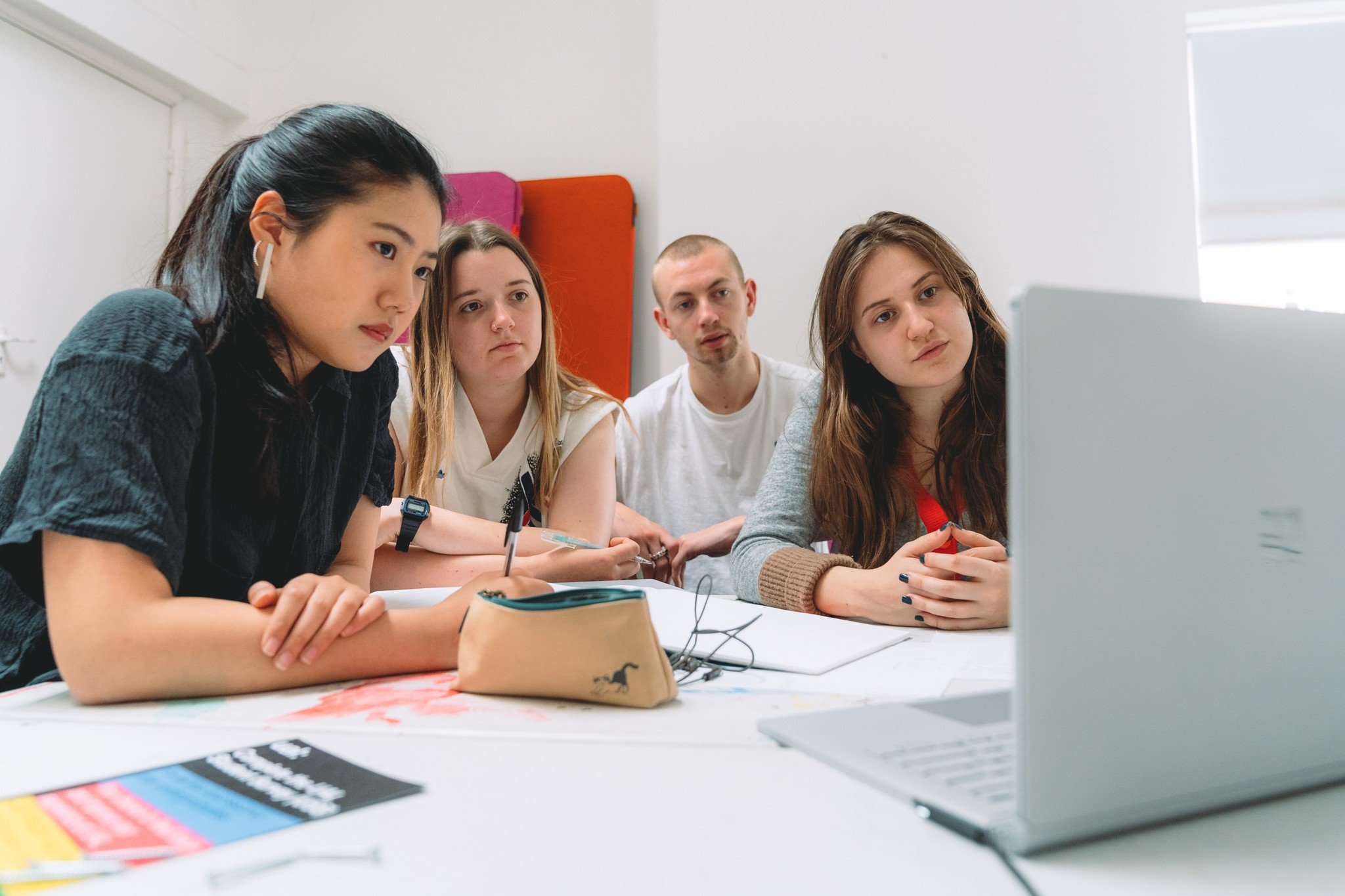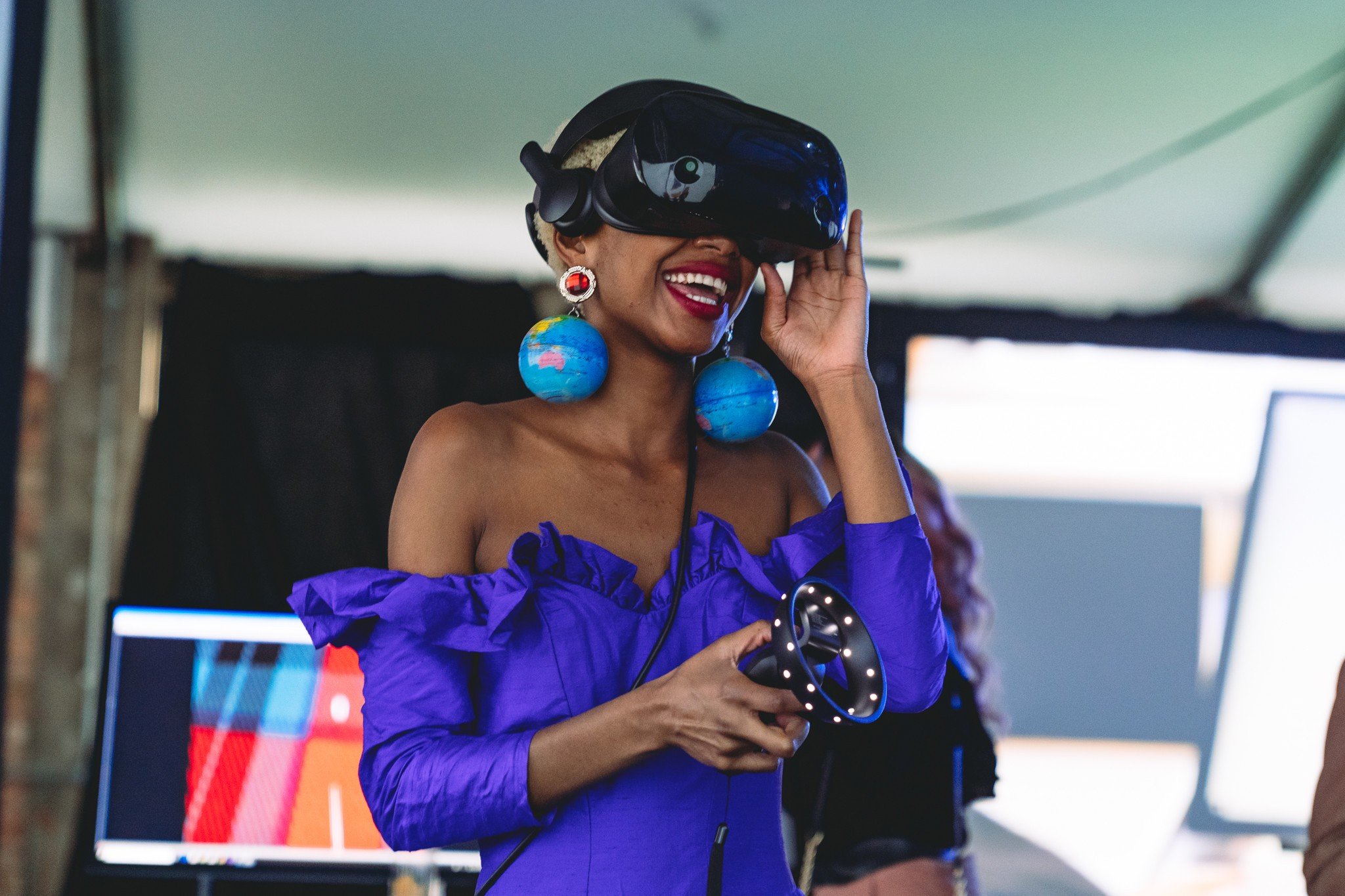How Microsoft is shaking up fashion with Mixed Reality, AI, and IoT
We visited the "Future of Fashion Incubator," which shows how Microsoft's future-facing technologies can have an effect on fashion, and the wider world.

Microsoft and the London College of Fashion recently wrapped up its "Future of Fashion Incubator," debuting a variety of cutting-edge concepts within the fashion industry. Under a partnership between the duo, students were provided with the opportunity adopt upcoming technologies and apply them within fashion space. Following several months of workshops and developing innovative concepts, students pitched their creations under a showcase event.
In line with Microsoft's company ethos, the program set out to inspire individuals with new tools and overcome limitations through digital solutions. Leveraging Windows Mixed Reality, artificial intelligence (AI), and the Internet of Things (IoT), this highlighted how technologies can be approached from a creative standpoint and disrupt the existing norms. And while few, if any creations will make it to market, they show how Microsoft's growing progressive impact the world.
Microsoft provided resources to select students drafted into the program, familiarizing them the three technologies and how these can be applied in the real world. Unifying students from varying fields of study in fashion, the six groups prototyped products to enhance the design process, marketing, and retail.
Styled through a new lens

Windows Mixed Reality was prominent within the showcase, with two concepts targeted at different audiences in the industry. Both made note of Mixed Reality's ability to design and create otherwise unfeasible spaces while cutting down the material expense and time. The visual element of the technology also lends well to creative industries.
A consumer-facing implementation of technology, dubbed "Hololux," visualizes a merge of online and physical retail spaces. Designed to offer the material nature of traditional storefronts with the comfort of e-commerce, the solution aims to enhance the process of buying luxury goods. Making use of custom environments that express communicate brand identity and interactive 3D models of garments, this allows for faux-stores at little expense. The team behind the project envisioned this in airport lounges, capturing its target demographic during free periods.
"Augmenta" placed its focus on sales instead, helping in the layout of retail spaces using digital objects. Taking advantage of HoloLens, Microsoft's untethered holographic headset, the project allows stores to configure full 3D plans, with the ease of adding, moving and deleting components. The concept also showcased heatmaps and custom lighting arrangements, with suggestions provided based on existing store data.
A helping hand in fashion

Growing interest in AI was also identified, showing how clothing can be better tailored to customers than ever before. Helping assist users with their fashion, while targeting bespoke marketing, the concepts build on existing norms of today.
Get the Windows Central Newsletter
All the latest news, reviews, and guides for Windows and Xbox diehards.
SmartSigns utilizes AI to better target marketing, by serving tailored adverts through intelligent billboards. Cameras on the billboards reference neural networks, to identify key elements of a user's style. These were designed to be deployed in department stores, malls, and other high-traffic shopping areas to make adverts more relevant to passersby. After being used to serve up an advert, images are discarded to maintain privacy.
Voice assistants also make an appearance with a fashion twist, helping consumers make smart day-to-day choices. The assistant can be used for advice on fashion, with tips provided to improve outfits and recommend complementary pieces. This also factors in weather, time and calendar data when making these decisions. Features were also integrated to drive commerce, helping users search for products and deal online.
Keeping technology in the background

The Internet of Things is shaping up as a natural in the creation of garments, allowing designers to seamlessly integrate technology between fabrics. Serving up to new data for consumers or designers without the technology defining the product, these look to be the next step beyond today's smartwatches.
"Design by Data" leveraged IoT to seamlessly add connectivity to garments, to provide anonymous data back to designers. Using low-cost Radio-frequency identification (RFID) and Bluetooth Low Energy (BLE) chips in garments, the lifecycle of clothing can be tracked beyond production. This can be used to collect various data affecting usage and longevity, to improve future product revisions. And for consumers, this could provide quick access to washing and fabric details and backstory on garments.
Expanding on the capabilities of wearables, "Heroes" pitches a gamified leg wearable, using tracking to collect various fitness data. Based on a superhero theme, its paired app allows players to customize heroes, complete missions, and gain rewards – all while keeping fit. And with other social elements, this brings a discreet way to add further enjoyment to exercise.

While the average user may see Microsoft for their consumer products, programs like these show the greater effect of their investments. In the right hands, these future-facing technologies can lay the foundations for some strong ideas – potentially reworking the standards for industries in the future.
With Microsoft continuing to support programs like these, upcoming generations could begin to leverage the full capabilities of these concepts. To find out more about the Future of Fashion Incubator and individual student projects, check out the dedicated page on Microsoft's site.
Matt Brown was formerly a Windows Central's Senior Editor, Xbox & PC, at Future. Following over seven years of professional consumer technology and gaming coverage, he’s focused on the world of Microsoft's gaming efforts. You can follow him on Twitter @mattjbrown.

